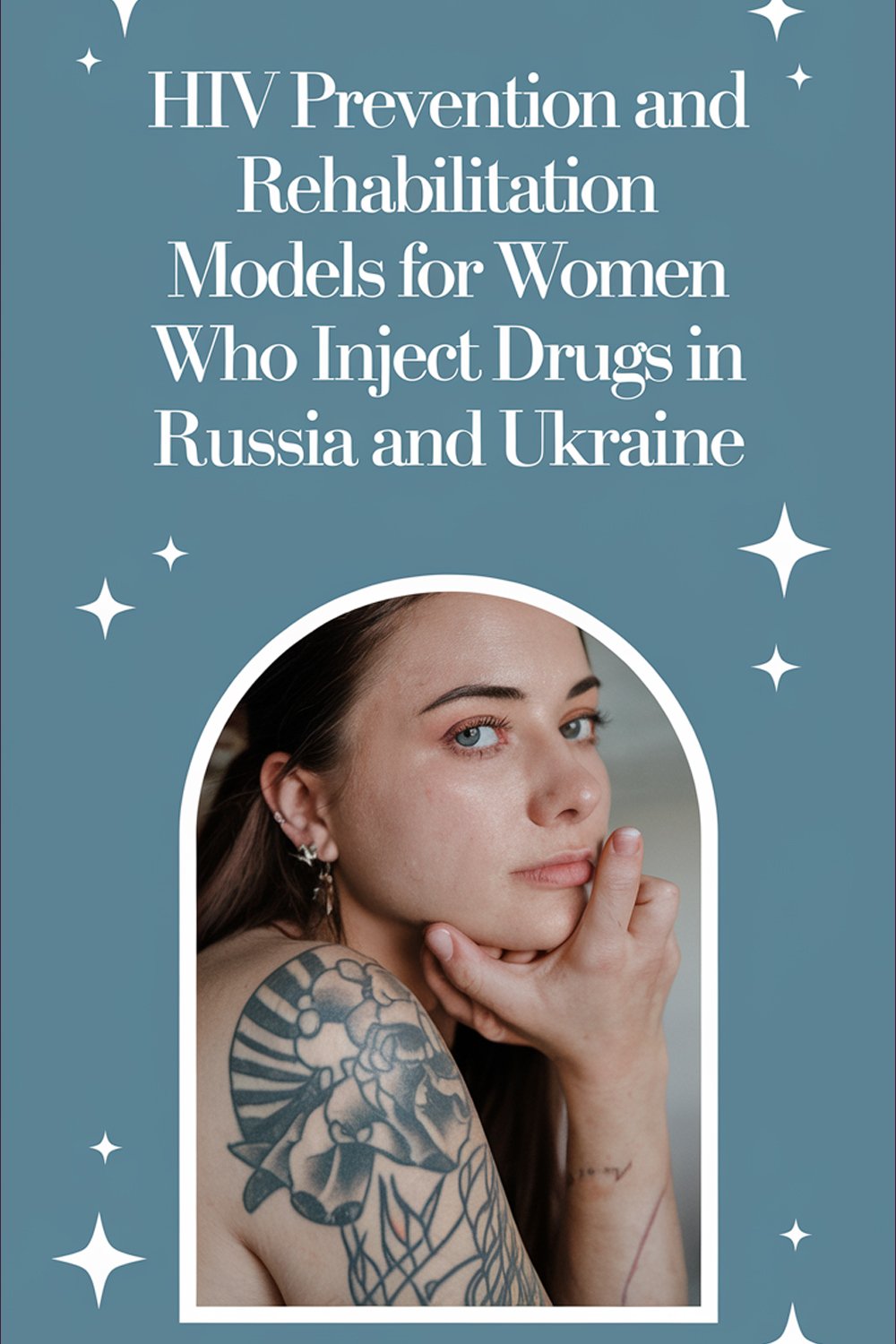Women who inject drugs require gender-specific approaches to drug rehabilitation, modification of risk behaviors, and psychosocial adaptation. Improved outcomes have been demonstrated when the specific needs of women’s subpopulations have been addressed. Special services for women include prenatal care, child care, women-only programs, supplemental workshops on women-focused topics, mental health services, and comprehensive programs that include several of the above components.
To address the special needs of women injecting drug user (IDU) subpopulations, such as HIV-positive pregnant women and women with young children, recently released female prisoners, and street-involved girls and young women, HealthRight International and its local partners in Russia and Ukraine have developed innovative service models. This paper presents each of these models and discusses their effectiveness and implementation challenges specific to local contexts in Russia and Ukraine.
The prevalence of injecting use of opioid substances among people 15–64 years of age is estimated at 0.9% in Ukraine and 2.29% in Russia [1]. There is no reliable data on gender distribution of IDUs in the region. Global trends suggest that drug use in general is more prevalent among boys and men than among girls and women [2]. Some data from the region demonstrate that women constitute between 20 and 30% of IDUs [3, 4]. The HIV epidemic in Russia has been closely linked with IDU: 56.2–61.3% of newly reported HIV infections in 2008–2011 were attributed to IDUs [5]. In Ukraine, heterosexual sex has been the predominant route of HIV transmission since 2008, but drug use is still a key force in the epidemic, with 38.4% of new infections occurring in IDUs in 2011 [6]. The midestimates of HIV prevalence in IDUs in the region are close to 40%.
